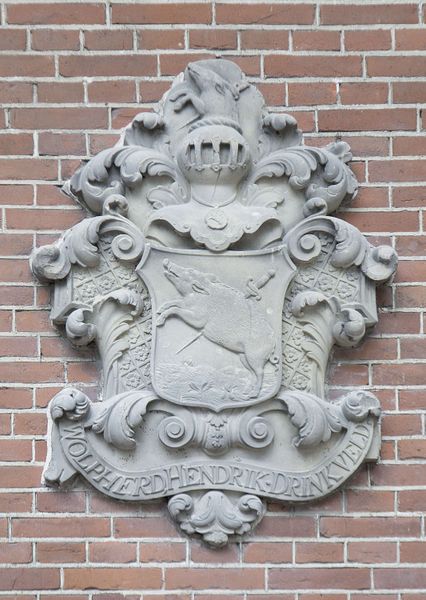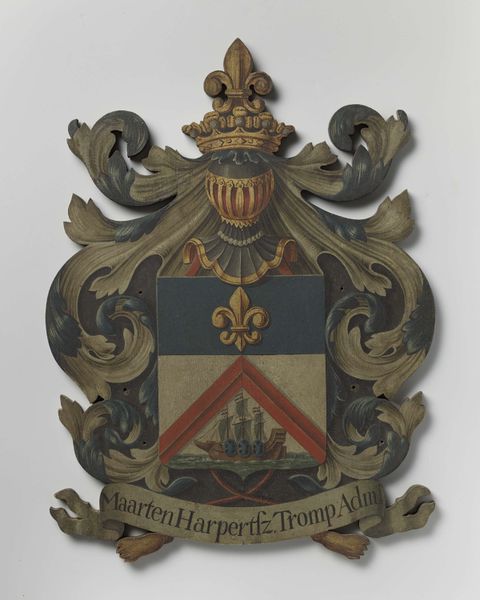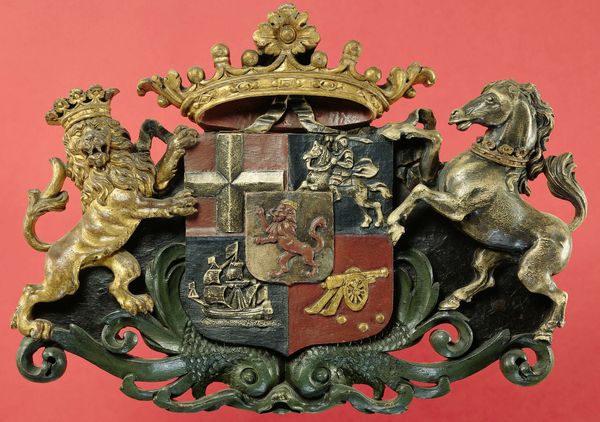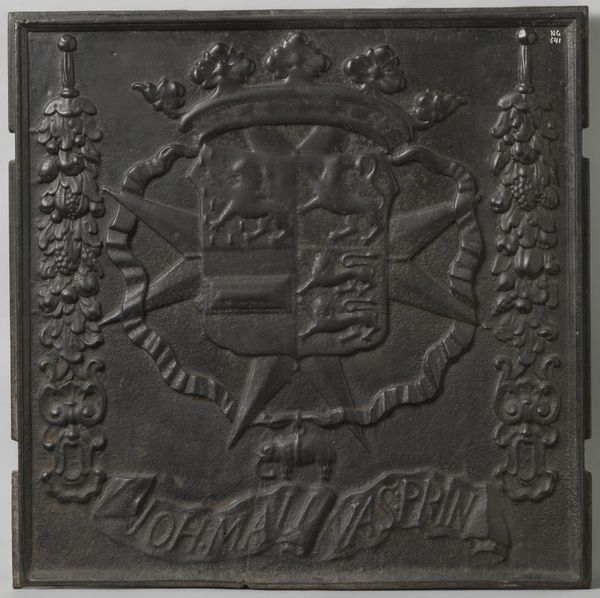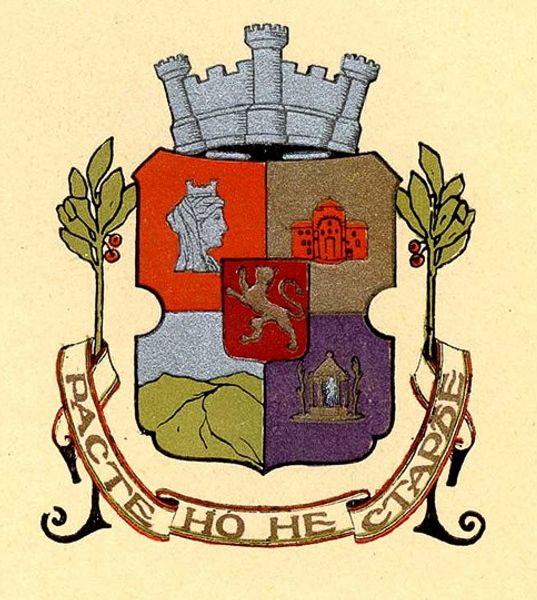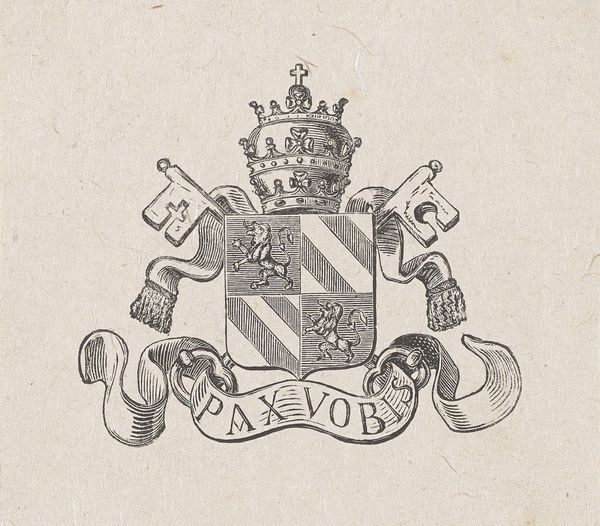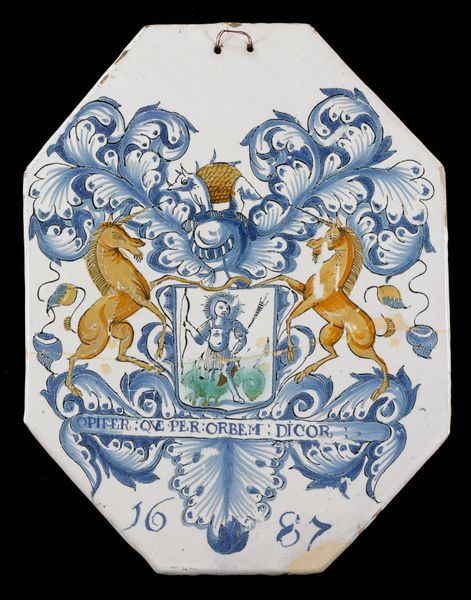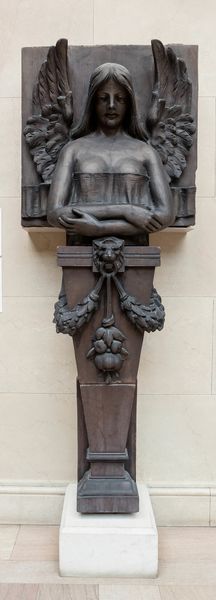
carving, relief, embossing, sculpture
#
portrait
#
carving
#
baroque
#
sculpture
#
relief
#
embossing
#
sculpture
Copyright: Rijks Museum: Open Domain
This stone carving, whose anonymous maker is unknown, would have been commissioned to celebrate the life of Jan Frans de Famars. Such armorial stones, common throughout the Netherlands from the late medieval period onwards, visually asserted a family’s status and lineage through symbolic heraldry. The imagery in this stone creates meaning through the use of eagles, fleurs-de-lis, a helmet and the family name. The social conditions in which these stones were made were highly stratified with wealth and status being inherited. Armorial stones were self-consciously conservative and served to reinforce the social norms of the time. Understanding the meanings of these armorial stones requires a close attention to the social context. By researching the visual codes that were used and the individuals and families who commissioned the work, we are able to better understand the history of the Dutch Republic.
Comments
No comments
Be the first to comment and join the conversation on the ultimate creative platform.
